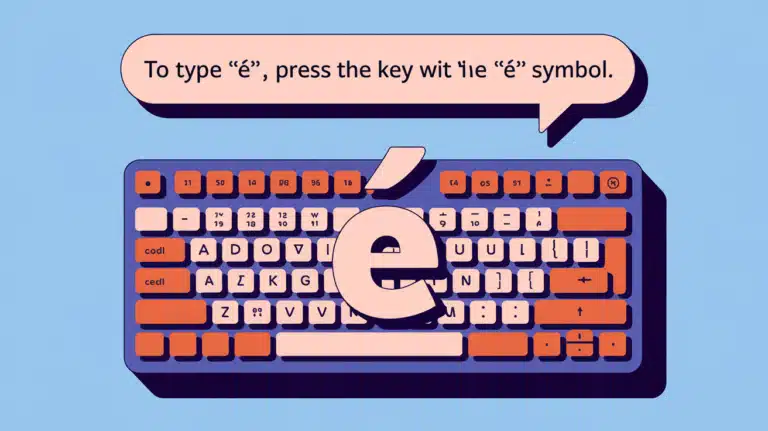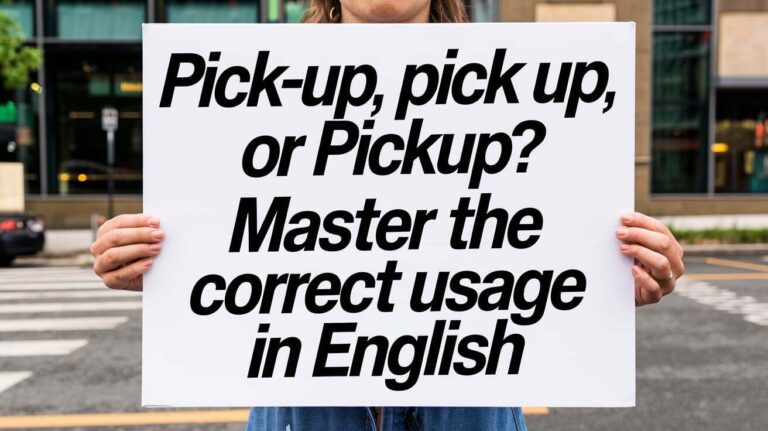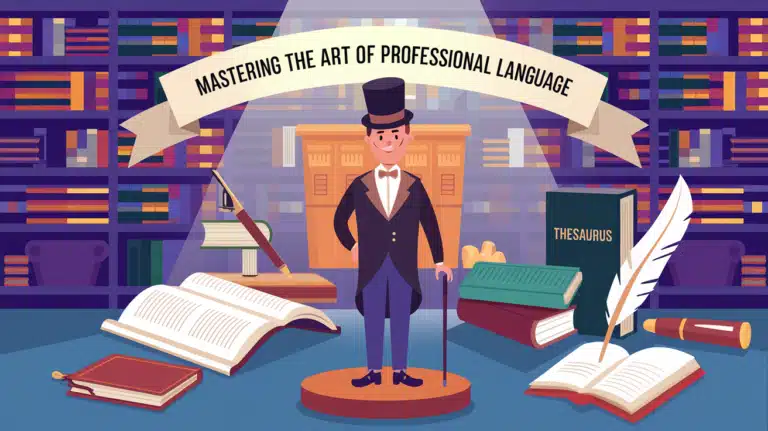Forward vs. Forwards: Exploring the Language Dilemma
In the world of English, few word pairs cause as much confusion as “forward” and “forwards.” Writers, editors, and grammar lovers have debated their use for years. Whether you’re writing a formal paper or a simple email, choosing the right one can make your message clearer and more polished. Let’s break down these two terms and solve the mystery behind “forward” vs. “forwards.”
The Etymology of “Forward” and “Forwards”
To truly understand the nuances between “forward” and “forwards,” we must first explore their roots. Both words trace their origins to Old English, specifically the term “foreweard,” which combined “fore” (before) and “-weard” (in the direction of).
As the language evolved through Middle English, “forward” emerged as the primary form. The addition of the “-s” in “forwards” came later, likely influenced by other directional words like “backwards” and “towards.”
| Period | Form |
|---|---|
| Old English | foreweard |
| Middle English | forward |
| Modern English | forward/forwards |
This historical perspective sheds light on why both forms coexist in modern English, each with its own subtle connotations.
“Forward” Defined
“Forward” is a versatile word that serves multiple grammatical functions:
- As an adjective: Describing something that’s ahead or at the front
- As an adverb: Indicating movement or progress towards the front
- As a verb: To send or transmit something
- As a noun: Referring to a player’s position in certain sports
In American English, “forward” is generally preferred in all contexts, reflecting a tendency towards linguistic simplification.
Read About : Mastering Adaptation: Acclimate, Acclimatize, or Acclimatise?
“Forwards” Defined
“Forwards” primarily functions as an adverb, indicating movement in a forward direction. It’s more commonly used in British English, Canadian English, and other non-American variants of the language.
“The team moved forwards cautiously, aware of the challenges ahead.” – A typical usage in British English
Key Differences Between “Forward” and “Forwards”
While often used interchangeably, these words have subtle distinctions:
- Grammatical function: “Forward” is more versatile, while “forwards” is primarily an adverb.
- Formality levels: “Forward” is often perceived as more formal in British English.
- Directional vs. progressive implications: “Forward” can imply a single direction, while “forwards” may suggest ongoing progress.
Usage in Different English Variants
The preference for “forward” or “forwards” varies significantly across English-speaking regions:
- American English: Strongly prefers “forward” in all contexts
- British English: Uses both, with a slight preference for “forwards” as an adverb
- Canadian English: Tends to follow British usage but with American influences
- Australian English: Similar to British usage, with both forms being common
- New Zealand English: Aligns closely with British and Australian practices
Context-Specific Usage
The choice between “forward” and “forwards” can depend on the specific field or context:
- Sports: “Forward” is often used as a noun (e.g., “the team’s star forward”)
- Business: “Going forward” is a common phrase in corporate speak
- Technology: “Forward-compatible” is a standard term in software development
- Military: “Forward operating base” is a specific military term
The ‘-s’ Suffix in British vs. American English
The presence or absence of the ‘-s’ suffix is a recurring theme in British and American English differences. Other examples include:
- Toward/Towards
- Backward/Backwards
- Upward/Upwards
- Downward/Downwards
This pattern reflects broader historical divergences between these two major English variants.
Read More About :Mouse or Mice: What’s the Correct Plural of ‘Mouse’?
Practical Examples in Sentences
To illustrate the usage of “forward” vs “forwards” in various contexts:
Forward:
- “The company plans to move forward with the merger.”
- “Please forward this email to the relevant department.”
- “He played as a forward in last night’s game.”
Forwards:
- “The crowd surged forwards as the gates opened.”
- “The car rolled forwards down the slight incline.”
- “Looking forwards, we expect significant growth in this sector.”
Style Guides and Professional Writing
When it comes to formal writing, style guides offer valuable insights:
- AP Stylebook: Recommends “forward” for American audiences
- Chicago Manual of Style: Accepts both forms but suggests consistency within a document
- Oxford Style Manual: Acknowledges both forms, noting the British preference for “forwards” as an adverb
Digital Age Impact on Usage
The internet and digital communication have influenced how we use “forward” vs “forwards”:
- Social media and texting often favor brevity, potentially boosting the use of “forward”
- Search engine optimization (SEO) considerations may lead content creators to use both forms to capture different search queries
Common Mistakes and How to Avoid Them
Be wary of these pitfalls:
- Inconsistent usage within a single document
- Using “forwards” as an adjective (incorrect)
- Overusing either form, leading to repetitive writing
Tips for Choosing Between “Forward” &”Forwards”
To navigate this linguistic challenge:
- Consider your audience: American readers expect “forward,” while British readers are comfortable with both
- Evaluate the context: Formal documents may benefit from the more versatile “forward”
- Maintain consistency: Once you choose a form, stick with it throughout your writing
Related Directional Terms and Their Usage
Understanding “forward” and “forwards” becomes clearer when we examine related terms:
- Backward(s)
- Upward(s)
- Downward(s)
- Toward(s)
These words follow similar patterns of usage across different English variants.
The Future of “Forward” & “Forwards”
Linguistic trends suggest:
- Continued divergence between American and British usage
- Possible increase in “forward” usage globally due to American media influence
- Potential for “forwards” to become more accepted in formal American English over time
Conclusion
The choice between “forward” and “forwards” is more than a matter of spelling—it’s a reflection of the rich tapestry of English language variants. While American English firmly stands by “forward,” other English-speaking regions embrace both forms, often with subtle distinctions in usage and connotation.
As a writer, your key takeaway should be to understand your audience, maintain consistency, and recognize the nuances of these terms in different contexts. Whether you’re pushing forward with a new project or looking forwards to future opportunities, mastering this linguistic duo will undoubtedly enhance your communication skills.
FAQs About “Forward” and “Forwards”
Q: Is “forwards” ever correct in American English?
A: While less common, “forwards” is not incorrect in American English. However, “forward” is strongly preferred in most contexts.
Q: Can I use “forward” and “forwards” interchangeably in British English?
A: In many cases, yes. British English is more flexible with these terms, though “forwards” is often preferred as an adverb.
Q: How do I choose between “forward” and “forwards” in formal writing?
A: For formal writing, consider your audience and the style guide you’re following. When in doubt, “forward” is generally a safe choice across all English variants.







